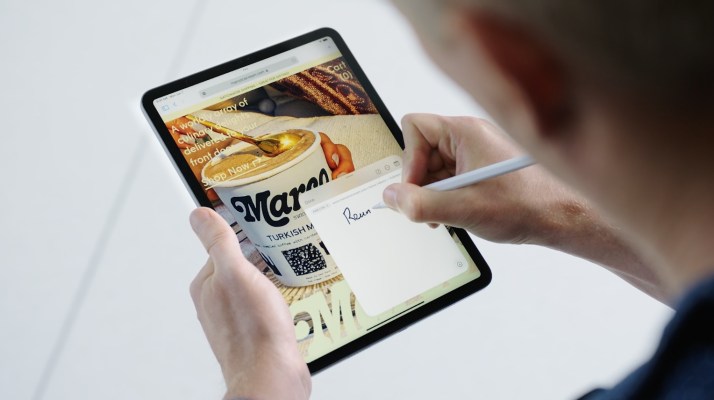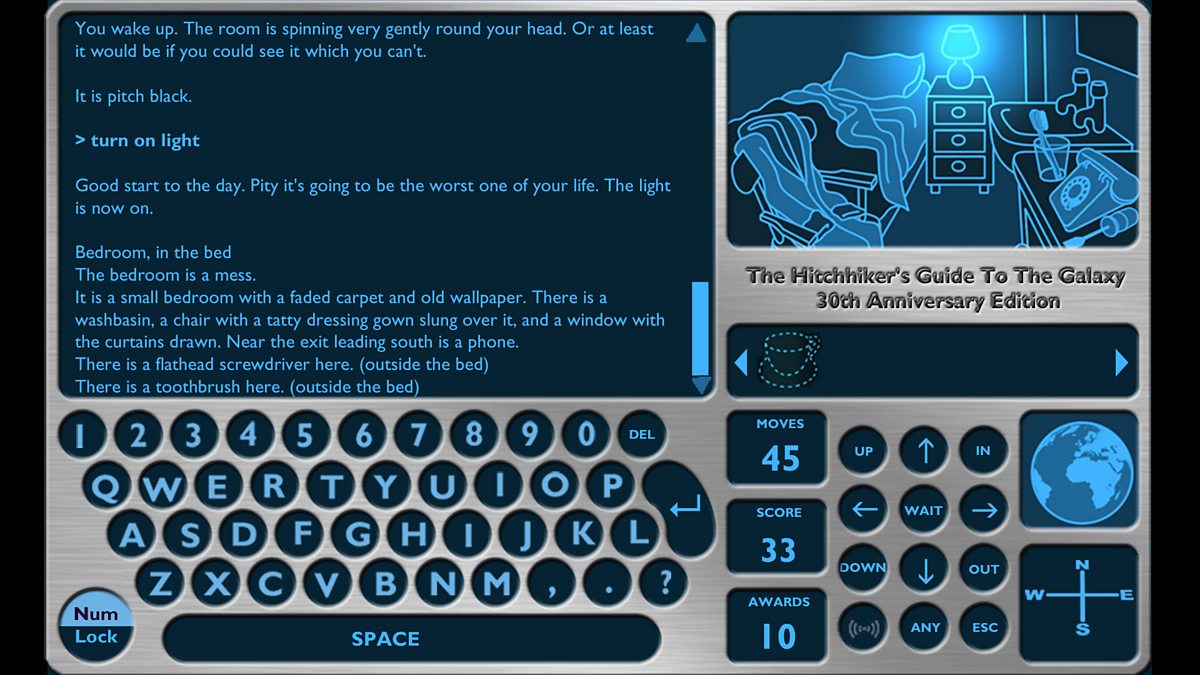
Fixing VR's screen door effect with the new iPad
While I do not own a VR headset, as a technophile, I am very intrigued by the technology and like to follow the developments that happen in the VR space. As a result, I’ve become aware of the screen door effect: when you look closely at content rendered on a VR headset, you can see the gaps between pixels. Given that pixels are laid out in a grid, this ends up giving the feeling of looking through a screen door. Newer headsets have mitigated this problem somewhat by using higher resolution displays, but the problem is still there. You can see an example of this on the Bigscreen Beyond, Apple Vision Pro, and Meta Quest 3 in this image from Karl Guttag:
The Vision Pro has been hailed by some as eliminating the screen door effect, but Karl Guttag debunked that theory: the Vision Pro has the same screen door effect as any other headset. It’s not noticeable because Apple intentionally left the optics slightly out of focus; this makes the effect difficult to see at the cost of some sharpness.
You may wonder, then, if we’ll ever eliminate this effect. After all, if the incredibly pixel-dense Vision Pro displays can’t fix it, will we ever build dense enough displays to fix it? To answer this question, let’s take a look at the new iPad Pro.
Leave a Comment
Related Posts


















